|
At Story Club, my young writers’ workshop, we investigated habits and routines. What is our character’s ‘normal’? Do they feed the animals on a farm every morning? Do they have Friday night family dinner? Is there a weekly music lesson they attend? These routines allow us to explore who the character is. What context are they in (do they have responsibilities, is their family close)? Routines of a school like Hogwarts in Harry Potter convey the closeness of the students (shared meals in the Great Hall), along with the magical setting (such as owls delivering morning mail).  After establishing routines and habits we, as the author, can of course … Disrupt Them! This can bring tension into the plot. For example Harry, Ron, and Hermione sneak out of the common room after supper, when the rule is to stay with one’s House. We know this is outside the school’s routine, we know they could get caught. And it gives Neville a reason to try and stop them. We can also show, not tell, the breakdown of a unit by disrupting a routine. For example, if classes are cancelled. Or if family dinner doesn’t go ahead. We’re letting the reader know something is wrong, or has changed. Disrupting routines can also show character growth/change. Perhaps our characters have outgrown music lessons, or they are reacting to something negative that happened, and they no longer want to go to that weekly class. In Goldfish Boy by Lisa Thompson, Matthew’s habit of recording his neighbours’ habits helps him solve a crime. Story Club was brimming with ideas as usual. We had a responsible young girl feeding her pets each morning, before her village is attacked and she strikes out to save them. Another young writer had her character speak to the neighbours each morning, until she doesn’t … a great way to show something is amiss. A yearly summer holiday appears idyllic until Everything Changes (and characters go through a portal!). Other ideas like a weekly doctor’s appointment and a shy girl needing a month before befriending someone new were fabulous lead-ins to stories. We even had the very topical example of the lockdown disrupting ALL routines and how difficult that was for the character who missed her schoolmates.  If you’re in Cambridge, UK, there is a new Free Library (Book Swap) for Young Fiction upstairs at Thrive cafe on Norfolk St. Have some wonderful vegan food or coffee at this friendly, community-minded cafe and go home with a new book! Thank you for reading, and enjoy concocting habits and routines for your characters … and disrupting them!
0 Comments
 This week we were back at Thrive cafe with Story Club, my young writer’s workshop. A hybrid class with some attending by Zoom and some in person, we explored ‘deep heart wishes’.  What does our character want most? When Harry Potter looks into the Mirror of Erised, he sees his parents. Knowing a character’s deepest wish helps us understand them, and helps us drive the plot (carry the story forward). Harry Potter’s deepest wish, to connect to his parents, to have a family, could be the motivator for connecting so closely with Ron and Hermione. He creates a family/tribe through friends. The Weasleys become an extended family, inviting him to their home. And Harry, in turn, is incredibly protective of them. Our characters may have deep motivations (deep heart wishes!) that they may or may not realise themselves.
Some possible deep heart wishes:
Thanks to all the young writers who joined, and hope they enjoyed thinking about deep heart wishes.  Revealing a character’s emotions on the page is crucial for making them more real to the reader (and sometimes, the writer! How many of us have started to write in a character’s emotions and then realise we don’t actually know how the character feels? This is an exercise that sometimes flags up that I need to get to know / develop my characters more.) Conveying emotion allows the reader to connect with a character, empathise with, route for & feel for them. We can also can convey lessons of the heart when we delve into the world of emotions. What are some ways we can convey emotions in a story? Here are some of my examples for conveying fear:
At Story Club, my young writers’ workshop, we discussed these and more. Thanks to Hetty for bringing in metaphor — a beautiful, creative way to show emotion. A cave can signify so many things (trapped, darkness, feeling stuck). Weather can reflect a mood (a storm reflecting anger/trauma, a rainbow signifying relief). Metaphors like these pulls the reader in further as the whole environment (landscape, setting, weather) conveys the emotion. Wonderful scenes were written by all six story-clubbers, full of emotion. A fiery scene by Mine showed the anger of grief. Amani revealed a more watery concern and sadness. Amber used the ocean to scream out all the stuck feelings, in a climactic scene. Hetty revealed how deep worry can choke us up, our voice turning weak and trembly. Coco laced two dramatic storylines, both with strong emotions, together (new life and new death) and Mika contrasted a tiny robin with a giant dragon, both facing a dark terror. Enjoy reading and writing those emotional scenes, everyone. Don’t forget to dive deep! This beautiful tale weaves a magical path to and from the past.  Safiya dances between two worlds as she ‘meets’ her mother as a young teen living in Kuwait. This allows Safiya to grow a deeper bond with her mother. However, as these dreams occur when her mother is ill, they also help Safiya to understand and ‘meet’ the illness. So the story is magical, beautiful and also, bittersweet. I thought of ‘A Monster Calls’ by Patrick Ness. Safiya not only has struggles around her family tragedy, but around friendships. Her friendship group shifts and changes as each grows in a different direction. This theme felt very real and resonated with me. I loved the strong, alive characters (even the one in a coma!) and the richness of the scenes. The author brought settings to life, from hospital rooms to an enchanting house and courtyard in Kuwait. I thought of the themes of these books as ‘stars’. The healing and bonding of daughter and mother. The slow facing and acceptance of illness. The changing of friendships as we grow. The embracing and learning about one’s heritage. Magic and imagination. Even gaming! Somehow these stars are all linked together in harmony, forming a beautiful constellation. And bonus! The author, Aisha Bushby, offers a free reading from Chapter 1. In this week’s writing workshop we looked at characters with shared qualities. Mirror characters (also called Parallel characters) can strengthen themes in a story by what they share. For example, the three young wizards in Harry Potter (Harry, Hermione and Ron) strengthen themes of being in school and learning, having magical abilities, and coming up against a very scary dark sorcerer, sometimes feeling in over their heads (but always rising to the challenge).
We also examined how mirror characters can have very different qualities — such as Ron and Hermione, in some ways being opposite (study skills, for example)! The group had fantastic ideas for mirror characters and resulting stories. Three identical girls except for eye colour, who all have the same skills, led to the intriguing question … with all their similarities, where will the differences be? The differences will certainly be striking on the backdrop of so much similarity. A girl knows her shadow is just like her. It goes where she goes, it likes what she likes. Until it breaks this illusion and starts talking to her! Two characters with water power have pet otters. We can see a strong water theme in that story. A character writes in her diary about her friend Minnie, reflecting on their similarities and differences. I had a strong sense of both characters after the passage. And following my prompt on a reflection in a mirror breaking free, a story unfolded showing two very different twins — one Java-scripting in the modern world, the other loving old books and old things. There were other wonderful ideas spinning around. I look forward to hearing more of them. What is a wolf/raven chimera called? A Rolven. And it is very clever. This and other fantastic beasties were created at my young writer’s workshop this week. I had so much fun hearing about Hedgeflies (a hedgehog plus fly), the Geckamillion (Gecko, mouse, eagle) and many others. Originally, in ancient Greece, a Chimera was a specific animal hybrid, often described as a lion with a second, goat’s head and snake tail. Over time the word ‘chimera’ has come to mean any beast made of more than one animal.
Other mythical beasts include the Hippogriff (body of a horse and wings of an eagle), which appear in Harry Potter stories as Buckbeak. We can also find the ancient Persian manticore (head of a human, body of a lion, venomous tail), lurking the pages of middle grade fiction (Harry Potter, Fablehaven, Percy Jackson, Spiderwick Chronicles). If you’d like to make your own chimera to place in your story, I suggest thinking of the qualities you’d like your beastie to have, and then choosing animals with those qualities. Will it slink on land and water like a fox/otter cross? Will it swim and fly like the Pephimontah (falcon/dolphin)? Or it will defy any expectation like the elephant worm or the hummingbird/jellyfish hybrid? Enjoy creating. And don’t be surprised if, as you think deeply about animals, you start to ask questions like, “Do bears have whiskers?” (Yes, just small ones, so we don’t often notice). 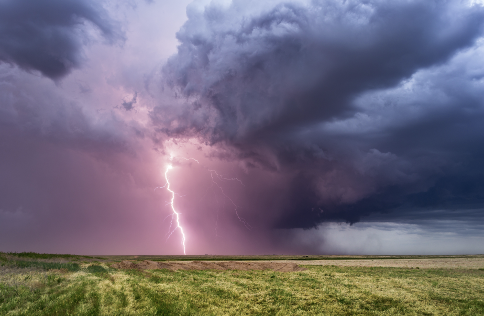 Flash fiction literally feels like lightning to me when I read it. Action is high, one main point is made, and there is often a punchy twist or conclusion. So I thought it would be fun to hold a Story Club on it … with the challenge of writing short, short, short stories of 50 words. It was amazing what stories came out of the exercise. In Doggie Life we experienced a very happy dog and loving relationship. The Cow Escape was a madcap adventure ending in the lesson that we are grateful for what we have when we think it has been lost. The Zoo conveyed a symphony of sound, and Lightning crackled and flashed. I also loved the beautiful messages in The Small, Wise Pigeon (which focused on a kind man feeding birds within a big city), and Misunderstood, told from the perspective of … well, I don’t want to give it away — read this sharky flash fiction story here! The group all shared such wonderful stories. A poem was also written about the Sea, which absolutely evoked its beauty. Something I love about trying different exercises and writing genres is, we can find out what is most natural to us. Thanks to the group for being up to the fifty-word story challenge! If anyone has a fifty-word story to share, leave it in a comment, I would love to read it.  At Story Club today, we explored ideas on how to write codes and puzzles into a story. For example a simple, cryptic piece of text where each first letter of each word spells something else. But not too obviously … For example, in Element Girls: The Lost Goddess, a text is sent: “Hello. Everything is groovy. Love. Peace.” The Girls realise it doesn’t quite sound like their friend Amelia and puzzle over it … until they crack the code. Help! In Paddington 2 or Samantha Spinner and the Super-Secret Plans, a map leads the characters and the reader through a hunt for clues. The Alethiometer in Philip Pullman’s Dark Materials is a wonderful example of using a code. Each symbol has multiple meanings — strung together, one must be clever or intuitive to find the message. This reminded me of runes. A few story clubbers created their own ‘rune’ code with each symbol meaning multiple things. Others created more straight-forward code with each symbol meaning one word. We also had disappearing ink (washed away) that uncovered a true meaning ... and a dragon’s riddle. I found everyone’s ideas inspiring as ever, and can’t wait to read any stories that sprung from today.  In our virtual Story Club writer’s workshop today we investigated the first person Point of View (POV). Just some reminder of common POVs in fiction (I write middle grade fiction so this is the genre I’m focusing on).
Let’s look at the Pros and Cons of the First Person POV.
We had fun writing scenes from the first person POV. Questions came up such as, how can we describe what the character looks like? Creative answers came, for example hair and dress blowing across one character’s field of vision, allowing the character to comment on it. We heard great story ideas such as being a chameleon superhero, getting help for a village in distress, going to a New Year’s party and feeling overwhelmed and maybe a little excited too. The first person POV allowed the character’s emotions to come through clearly, such as the sadness of moving away from home, and the overwhelm and awkwardness of a party. It was our first virtual Story Club. Since I’m currently in Houston, TX, and the rest of Story Club is in England, today’s writing workshop was on Zoom. We delved into book covers, an idea by Amani. Coco gave a great presentation that highlighted what is on a book cover (title, author name, illustrator name as the basic elements, with the publisher’s name and a short sentence or review as optional elements). She also pointed us to Canva and PlaceIt, two good websites with free options that are useful in creating book covers. They both have templates to play around with. She came up with a pretty cool cover! I talked about how I go about creating a title. I used this strategy for my newest book, Element Girls 2:
Any of the words that didn’t end up in the title could be helpful to have in the cover design. For example, since Iceland is the setting of the story, and doesn’t appear in the title, I asked for a cool, blue, icelandic mountain on the cover. Karissa Bettendorf used that, the star, and the faces of the four girls to create her beautiful watercolor. The layout (text, font and placement) was all done by Nicki Hansen. Just a few words about the back cover too. It’s helpful to have a summary of the characters and their quest without giving too much away! Also, helpful to have some tempting sentences to evoke a mood of mystery … Finally, I mentioned the book’s unique ID or fingerprint (the ISBN). A useful number to know when searching for a book on websites or bookstores!
It was a fun Story Club, and I loved a lot of the title and cover ideas that were coming through. Thanks everyone who attended! |
Details
AuthorThis is the blog post of children's author Giulietta M. Spudich. Archives
March 2023
Categories |
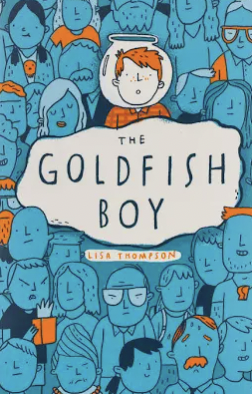


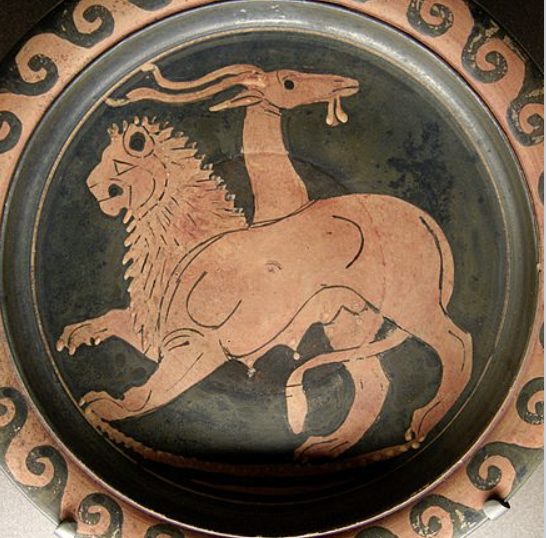

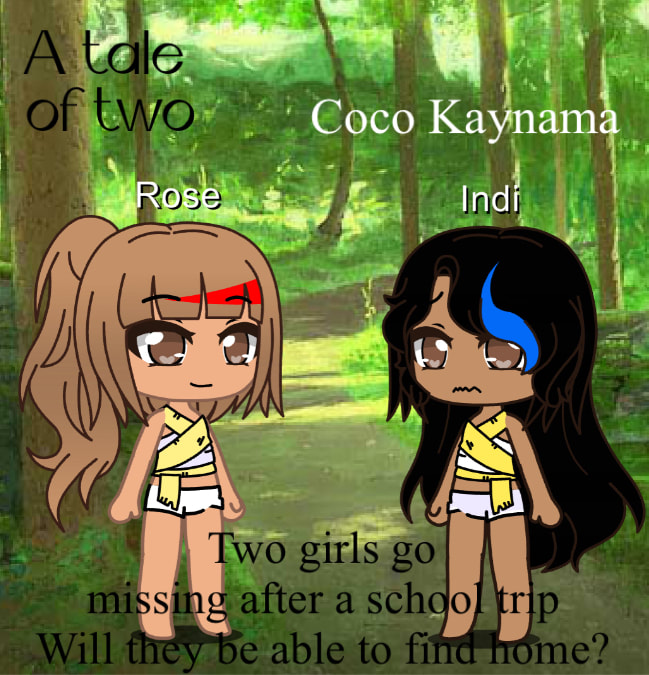
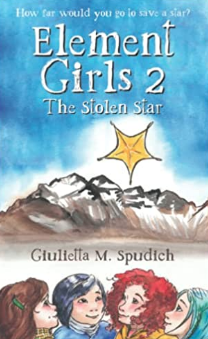
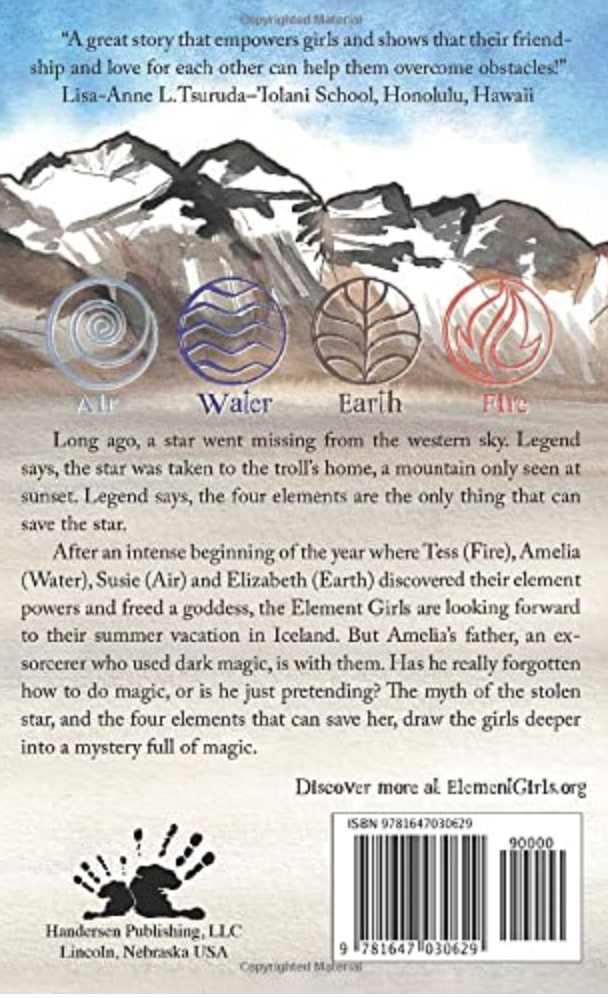
 RSS Feed
RSS Feed